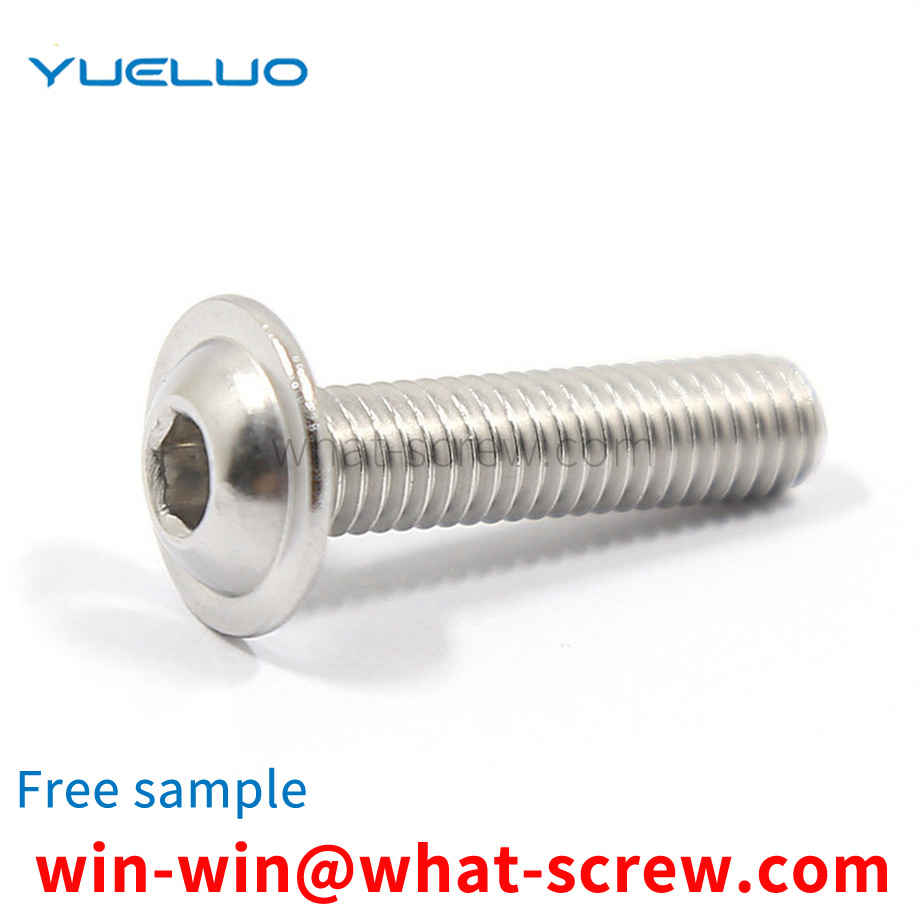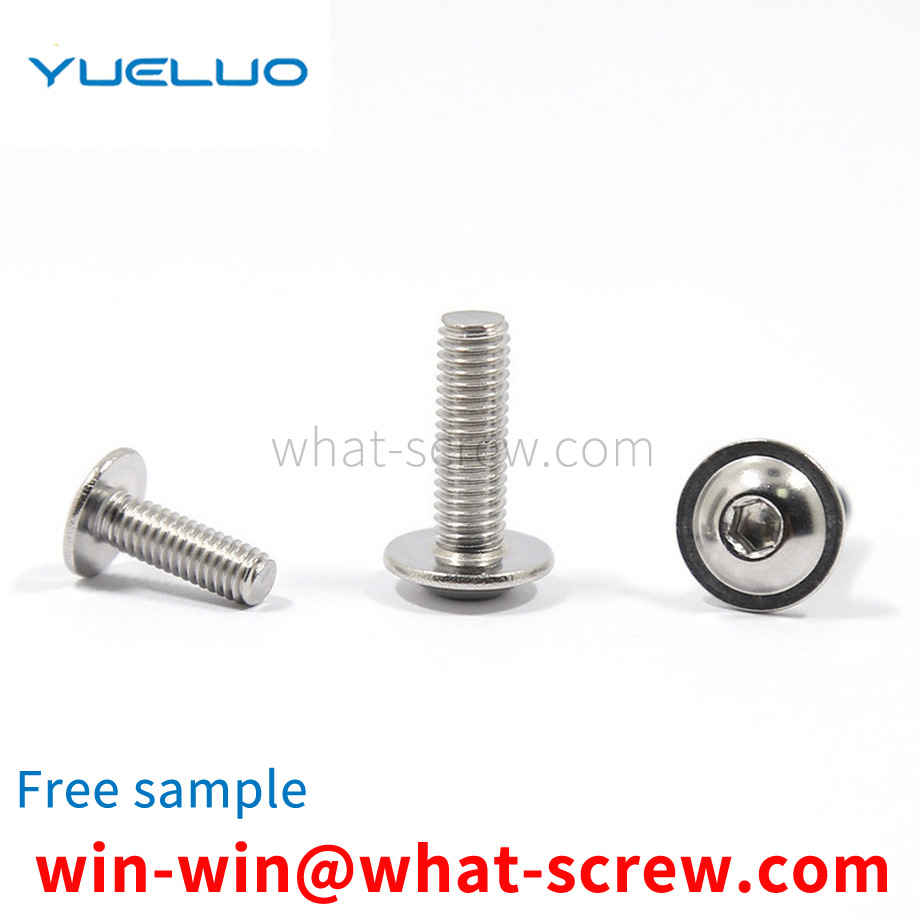Stainless steel screws usually refer to steel screws that are resistant to corrosion by air, water, acids, alkali salts or other media. Stainless steel screws are generally not easy to rust and durable, and can be used in environmental protection equipment, medical equipment, communication equipment and other fields.
The traditional fixture shown in Figure 2 is composed of a hardened support cylinder and a hardened shear bar, and has a simple structure. The cylindrical pin is loaded into the hardened support cylinder, and the shear test is completed by applying an axial load to the hardened shear bar. Since the standard stipulates that the gap between the loading part and the supporting part does not exceed 0.15mm, in order to ensure the matching of the gap during the shear test of the cylindrical pin, the diameter of the cylindrical pin on the cylinder is generally equal to the theoretical cylindrical pin. In practical application, the cylindrical pin is irregular in size after heat treatment. To realize the shear test, the cylindrical pin must be inserted into the hole with the help of external force, which is difficult to install and clamp and takes a long time. If the double-sided shearing is performed, that is If the cylindrical pins need to be installed on both sides, the time is doubled, and the notch of the cylindrical pins cannot be guaranteed to face upwards.
As the preferred embodiment of the above-mentioned embodiment, the motor 41 is provided with a thruster 46 that moves the cutting wheel 42 toward the conveying device 3. When the screw needs to be slotted, the thruster 46 generates a thrust toward the screw, and the motor 41 generates a thrust in the direction of the screw. Under the action, the groove is moved along the track 47 toward the screw. The other end of the motor 41 is provided with a bearing 45, and the output end of the motor is provided with a special-shaped wheel 44. The special-shaped wheel 44 is geared to the bearing 45. The wheel 42 is close to or away from the conveying device 3. When the grooving is completed, the special-shaped wheel 44 rotates and drives the bearing 45 to generate the opposite force from the above-mentioned thrust, so that the motor 41 moves back to the original position along the track 52.
Pre-embedded copper nuts with straight pattern/twill pattern/herringbone embossing and other various anti-skid patterns can be completed at one time by automatic lathes. More complex copper nuts are processed by forming knives and table turning/tapping. Many products processed after machining are relatively simple reticulated copper nuts and straight-grained copper nuts, which are made of C3604 easy-turning brass. The surface pattern is directly drawn from the original bar, and the pattern is full and the tooth peak and bottom are clearly visible. Injection molding into plastic parts Afterwards, it can bear more high torque.
The contact surface between the existing chassis and the main board is generally not a horizontal plane due to processing reasons, especially the main board is prone to warping deformation. It will increase, resulting in deformation of the motherboard and poor memory contact, affecting normal use.
We have many years of experience in the production and sales of screws, nuts, flat washers, etc. The main products are: extended cup head hexagon socket bolts, wholesale stainless steel, inspection tool handle screw adjustment handle bolts, copper stud hollow nut column and other products, we can provide you Provide the right fastener solution for you.



















 Service Hotline
Service Hotline




